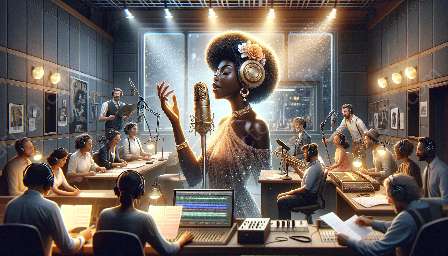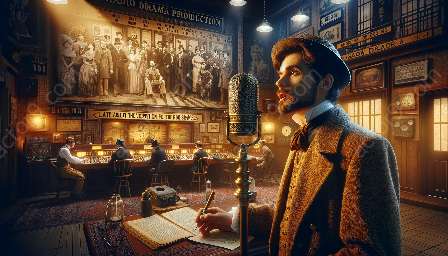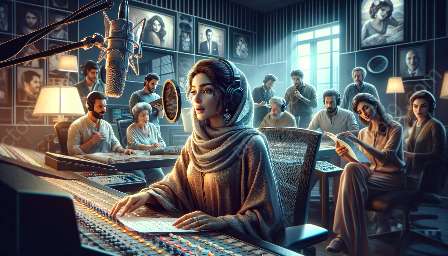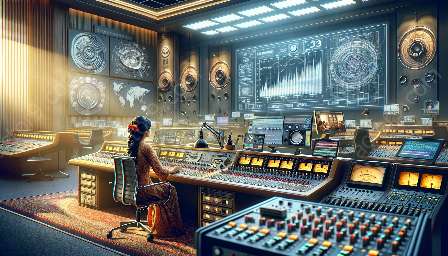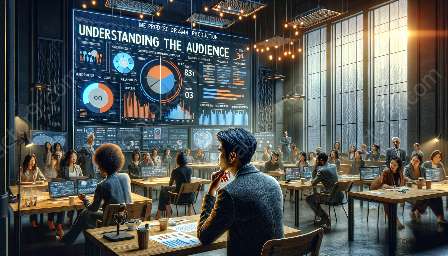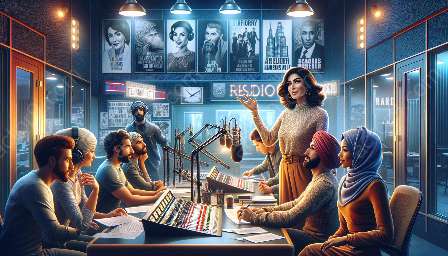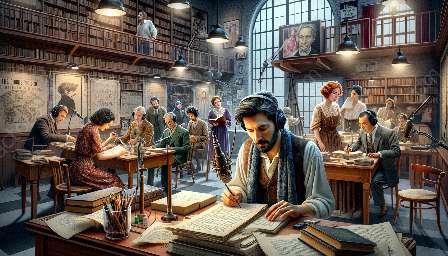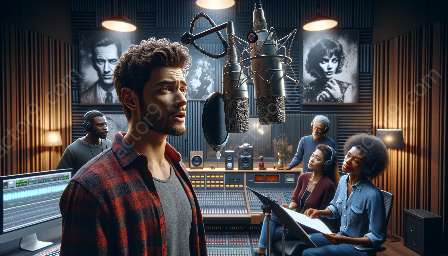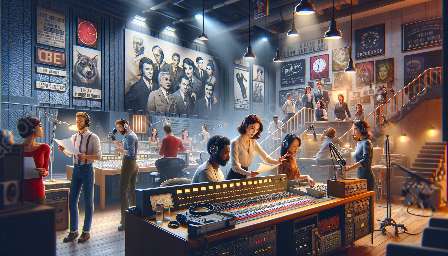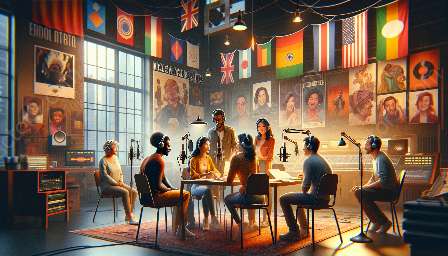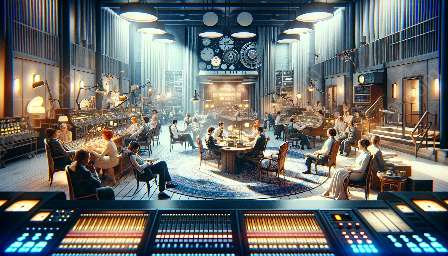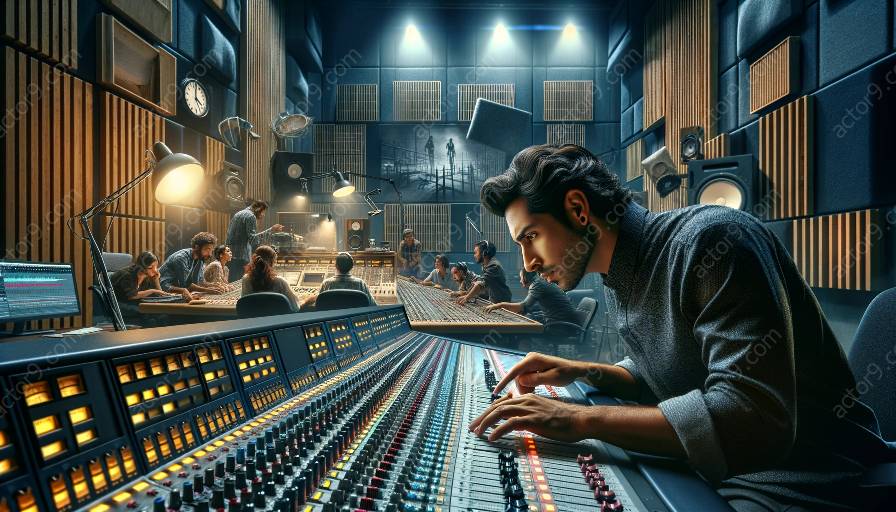Radio drama production is a dynamic form of storytelling that heavily relies on sound design to convey characters' emotions, actions, and environments. Sound effects and background music play a crucial role in shaping the development of characters, enhancing the narrative, and engaging audience imagination and emotions.
The Role of Sound Design in Character Development
Sound design serves as a powerful tool for deepening the audience's connection to the characters in radio drama. By incorporating carefully selected sound effects, such as footsteps, door creaks, or ambient sounds, the environment in which the characters live becomes more palpable and dynamic. This immersive element aids in creating a sense of empathy and relatability, allowing the audience to identify with the characters on a more profound level.
Furthermore, the use of background music contributes significantly to character development in radio drama. It sets the tone for different scenes, evoking specific moods and emotions that guide the audience's understanding of the characters' experiences and struggles. For instance, tense music can heighten suspense, while uplifting melodies can convey optimism and hope, thereby influencing the perception of the characters' personalities and actions.
Enhancing Storytelling Through Sound Effects and Music
Sound effects and background music are integral to radio drama production, as they serve to enrich the overall storytelling experience. The strategic use of sound design allows for the portrayal of a character's inner thoughts, feelings, and internal conflicts, which may not always be explicitly expressed through dialogue alone.
For example, the sound of a heavy sigh or a distant thunderstorm can convey a character's emotional turmoil, providing additional depth and dimension to their development. By infusing the narrative with carefully chosen sounds, the story becomes more immersive, engaging, and emotionally resonant, leaving a lasting impression on the audience.
The Collaborative Nature of Sound Design and Character Development
Radio drama production involves a collaborative effort between writers, directors, sound designers, and actors to bring characters to life through sound. The synergy between these creative elements is essential for crafting compelling and memorable characters that resonate with the audience.
Sound designers work closely with the creative team to align soundscapes with character arcs, ensuring that sound elements evolve in tandem with the characters' journeys. This collaborative process not only enhances character development but also enriches the overall narrative, resulting in a more immersive and compelling radio drama experience.
Conclusion
In essence, sound design plays a pivotal role in character development within the realm of radio drama. The skillful integration of sound effects and background music enhances the depth and authenticity of characters, enriches the storytelling process, and fosters a deeper audience connection. By leveraging the power of sound, radio drama producers can elevate the impact of their narratives, creating unforgettable characters that resonate with listeners long after the story ends.

